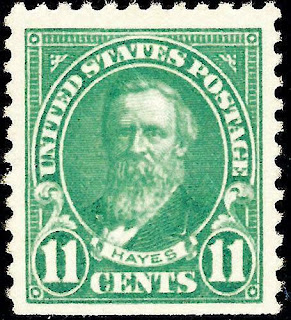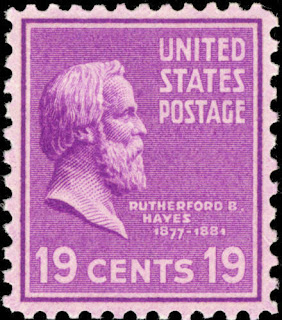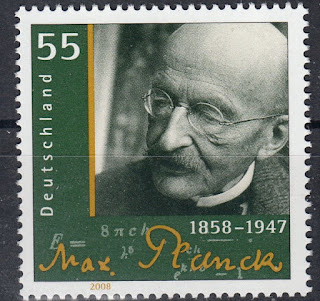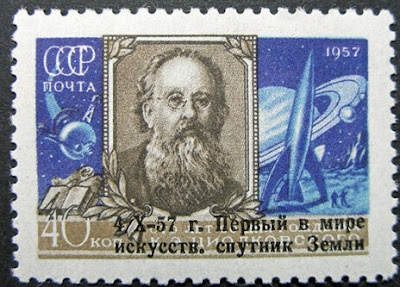Here are some events that happened on October 4th. It could be an event or a person that died or was born on that day
1669 Died: Rembrandt, Dutch painter and illustrator (b. 1606)
Rembrandt Harmenszoon van Rijn (15 July 1606– 4 October 1669) was a Dutch draughtsman, painter and printmaker. An innovative and prolific master in three media, he is generally considered one of the greatest visual artists in the history of art and the most important in Dutch art history. Unlike most Dutch masters of the 17th century, Rembrandt's works depict a wide range of style and subject matter, from portraits and self-portraits to landscapes, genre scenes, allegorical and historical scenes, biblical and mythological themes as well as animal studies. His contributions to art came in a period of great wealth and cultural achievement that historians call the Dutch Golden Age, when Dutch art (especially Dutch painting), although in many ways antithetical to the Baroque style that dominated Europe, was extremely prolific and innovative, and gave rise to important new genres
Some stamps from Germany, Cyprus, France and the Netherlands depicting Rembrandt or his works
1822 Born: Rutherford B. Hayes, American general, lawyer, and politician, 19th President of the United States (d. 1893)
Rutherford Birchard Hayes (October 4, 1822 – January 17, 1893) was the 19th president of the United States from 1877 to 1881, after serving in the U.S. House of Representatives and as governor of Ohio. A lawyer and staunch abolitionist, he had defended refugee slaves in court proceedings during the antebellum years.
The Republican Party nominated Hayes for president in 1876, and he won through the Compromise of 1877 that officially ended Reconstruction by leaving the South to govern itself. In office he withdrew military troops from the South, ending Army support for Republican state governments in the South and for the efforts of African-American freedmen to establish their families as free citizens. Hayes promoted civil-service reform and attempted to reconcile the divisions left over from the Civil War of 1861–65 and the Reconstruction Era of 1865–77.
An attorney in Ohio, Hayes served as city solicitor of Cincinnati from 1858 to 1861. At the start of the Civil War, he left a fledgling political career to join the Union Army as an officer. Hayes was wounded five times, most seriously at the Battle of South Mountain in 1862. He earned a reputation for bravery in combat and was promoted to the rank of brevet major general. After the war, he served in Congress from 1865 to 1867 as a Republican. Hayes left Congress to run for governor of Ohio and was elected to two consecutive terms, from 1868 to 1872. He served a third two-year term from 1876 to 1877.
In 1876, the Electoral College made Hayes president in one of the most contentious elections in U.S. history. He lost the popular vote to Democrat Samuel J. Tilden, but won an intensely disputed electoral-college vote after a Congressional commission awarded him 20 contested electoral votes in the Compromise of 1877, whereby the Democrats acquiesced to Hayes's election on the condition that he withdraw remaining U.S. troops protecting Republican officeholders in the South, thus officially ending the Reconstruction era.
Hayes believed in meritocratic government and in equal treatment without regard to wealth, social standing or race. He ordered federal troops to guard federal buildings and in doing so restored order during the Great Railroad Strike of 1877. Hayes implemented modest civil-service reforms that laid the groundwork for further reform in the 1880s and 1890s. He vetoed the Bland–Allison Act of 1878, which put silver money into circulation and raised nominal prices, insisting that maintenance of the gold standard was essential to economic recovery. Hayes's policy toward western Indians anticipated the assimilationist program of the Dawes Act of 1887.
Hayes kept his pledge not to run for reelection, retired to his home in Ohio, and became an advocate of social and educational reform. Biographer Ari Hoogenboom has written that Hayes's greatest achievement was to restore popular faith in the presidency and to reverse the deterioration of executive power that had set in after Abraham Lincoln's assassination in 1865. Supporters have praised his commitment to civil-service reform and the defense of civil rights, but historians and scholars generally rank Hayes as an average to slightly below-average president.
US stamps depicting Rutherford B. Hayes
Max Karl Ernst Ludwig Planck (23 April 1858 – 4 October 1947) was a German theoretical physicist whose discovery of energy quanta won him the Nobel Prize in Physics in 1918.
Planck made many contributions to theoretical physics, but his fame as a physicist rests primarily on his role as the originator of quantum theory, which revolutionized human understanding of atomic and subatomic processes. In 1948, the German scientific institution the Kaiser Wilhelm Society (of which Planck was twice president) was renamed the Max Planck Society (MPS). The MPS now includes 83 institutions representing a wide range of scientific directions.
Some stamps from Germany, East Germany and Berlin depicting Max Planck
1957 – Sputnik 1 becomes the first artificial satellite to orbit the Earth.
Sputnik 1 was the first artificial Earth satellite. The Soviet Union launched it into an elliptical low Earth orbit on 4 October 1957, orbiting for three weeks before its batteries died, then silently for two more months before falling back into the atmosphere. It was a 58 cm (23 in) diameter polished metal sphere, with four external radio antennas to broadcast radio pulses. Its radio signal was easily detectable even by radio amateurs, and the 65° inclination and duration of its orbit made its flight path cover virtually the entire inhabited Earth. The satelite’s unanticipated success precipitated the American Sputnik crisis and triggered the Space Race, a part of the Cold War. The launch was the beginning of a new era of political, military, technological, and scientific developments.
Tracking and studying Sputnik 1 from Earth provided scientists with valuable information. The density of the upper atmosphere could be deduced from its drag on the orbit, and the propagation of its radio signals gave data about the ionosphere.
Sputnik 1 was launched during the International Geophysical Year from Site No.1/5, at the 5th Tyuratam range, in Kazakh SSR (now known as the Baikonur Cosmodrome). The satellite travelled at about 29,000 kilometres per hour (18,000 mph; 8,100 m/s), taking 96.2 minutes to complete each orbit. It transmitted on 20.005 and 40.002 MHz, which were monitored by radio operators throughout the world. The signals continued for 21 days until the transmitter batteries ran out on 26 October 1957. Sputnik burned up on 4 January 1958 while reentering Earth's atmosphere, after three months, 1440 completed orbits of the Earth, and a distance travelled of about 70 million km (43 million mi).
Below are some Soviet Sputnik stamps












